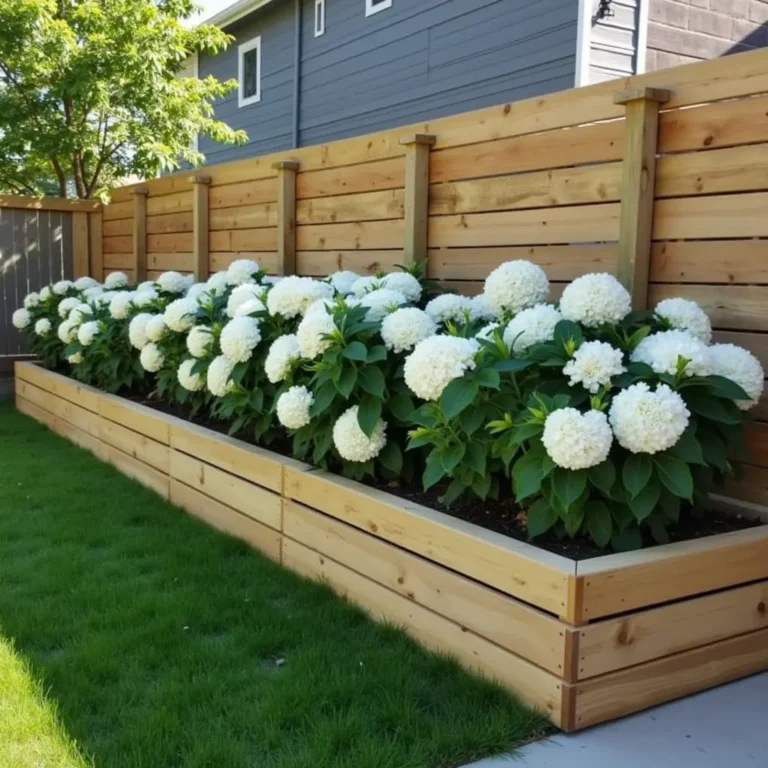Achieve a Lush Green Lawn with These Tips
Achieve a Lush Green Lawn with These Tips
Imagine stepping out of your home onto a vibrant, lush green lawn that feels like a soft carpet beneath your feet. A healthy lawn not only enhances your home’s curb appeal but also provides a space for outdoor activities, relaxation, and family gatherings. But how can you transform your patchy, brown yard into the lush paradise you’ve always dreamed of? In this article, we’ll explore effective tips to achieve that coveted green lawn, so let’s dig in!
Understanding Your Lawn’s Needs
Before you start pouring water and fertilizer on your lawn, it’s important to understand its specific needs. Different types of grass have different requirements. Are you dealing with cool-season grasses like Kentucky bluegrass, or warm-season varieties like Bermuda? Knowing this helps you tailor your lawn care routine accordingly.
The Importance of Soil
Just like a house needs a strong foundation, your lawn requires quality soil. Healthy soil nurtures roots and encourages grass growth. Conducting a soil test can help you understand the pH level and nutrient composition of your soil. This knowledge allows you to amend the soil effectively, whether that means adding compost, lime, or other nutrients.
Watering Wisely
Watering may seem straightforward, but it’s an art that many homeowners overlook. Instead of shallow, frequent watering, aim for deep watering sessions that penetrate the soil. This encourages deep root growth, which ultimately leads to a healthier lawn. Generally, watering early in the morning is ideal as it reduces evaporation and fungal diseases.
Fertilizing for Health
Feeding your lawn is essential for maintaining its health and vibrancy. Depending on the grass type and your specific lawn needs, select a balanced fertilizer that offers the right nutrients, such as nitrogen, phosphorus, and potassium. Remember to follow the application guidelines to avoid fertilizer burns or imbalances in the soil.
Regular Mowing Practices
Mowing isn’t just about keeping your lawn tidy; it plays a critical role in its overall health. Aim to mow your grass at the optimal height for its type. Cutting too short can stress the grass, making it susceptible to diseases and weeds. Additionally, ensure your mower blades are sharp to make clean cuts, preventing damage to the grass.
Dealing with Weeds
Weeds are the unwanted guests that can ruin your lawn’s beauty. Prevention is always better than cure. Consider applying pre-emergent herbicides in early spring to stop weeds before they sprout. For any stubborn weeds that do appear, hand-pulling or spot treatment with targeted herbicides can help keep them in check without harming your grass.
Encouraging Healthy Growth
To promote a luscious lawn, consider aerating your yard. Aeration improves soil density, helps alleviate compaction, and allows air, water, and nutrients to penetrate the soil. Doing this during the growing season gives your grass a better chance to thrive. Additionally, overseeding can help thicken your lawn and fill in any bare spots.
Temperature and Climate Considerations
Your region’s climate can heavily influence your lawn care approach. Be mindful of seasonal changes and adapt your practices accordingly. In warmer months, increase moisture levels and consider using shade-tolerant grasses in shaded areas to maintain that green hue year-round.
Patience Pays Off
Remember, creating a lush green lawn doesn’t happen overnight. It requires time, attention, and sometimes a bit of trial and error. Stay consistent with your lawn care routine, and don’t be discouraged by setbacks. Celebrate small victories, like noticing new green sprouts or a decrease in weeds.
Frequently Asked Questions (FAQ)
How often should I water my lawn?
Typically, watering 1-2 times per week is sufficient, depending on rainfall and temperature. Aim for about 1 inch of water per week, including rainfall.
What time of day is best for watering my lawn?
The best time to water is early in the morning, around sunrise, to minimize evaporation and reduce the risk of fungal diseases.
Should I use organic fertilizers?
Organic fertilizers can be a great option as they improve soil health and reduce chemical runoff. Just be sure to follow usage instructions for optimal results.
When is the best time to aerate my lawn?
Aeration is best performed during the growing season, which is typically in the spring or early fall for cool-season grasses and late spring through summer for warm-season grasses.
How do I know if my lawn needs more nutrients?
Signs of nutrient deficiency include yellowing grass, slow growth, and thin patches. A soil test can provide clear insights into what nutrients may be lacking.
With these tips, you’ll be well on your way to achieving the lush green lawn of your dreams. Embrace the journey of lawn care and enjoy the beauty and serenity it brings to your outdoor space!
“






